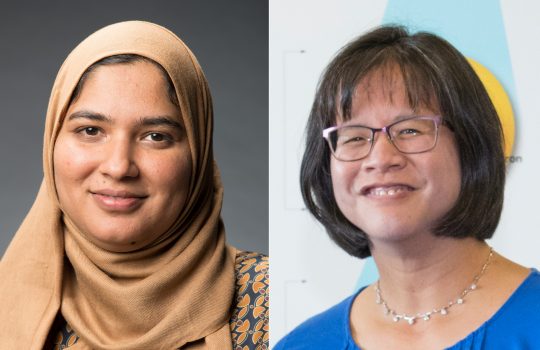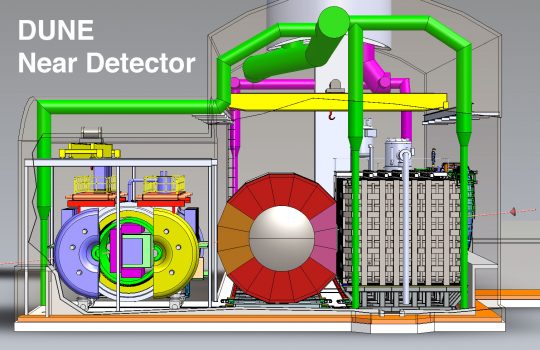Mentoring relationship between two women in STEM spurs personal, professional growth
In honor of International Women’s Day, Fermilab engineers Mayling Wong-Squires and Farah Fahim share their experience taking part in the laboratory mentorship program. Their ongoing mentor-mentee relationship has bridged the gap from colleague to friend, and that perhaps even wider chasm — from electrical to mechanical engineering.


